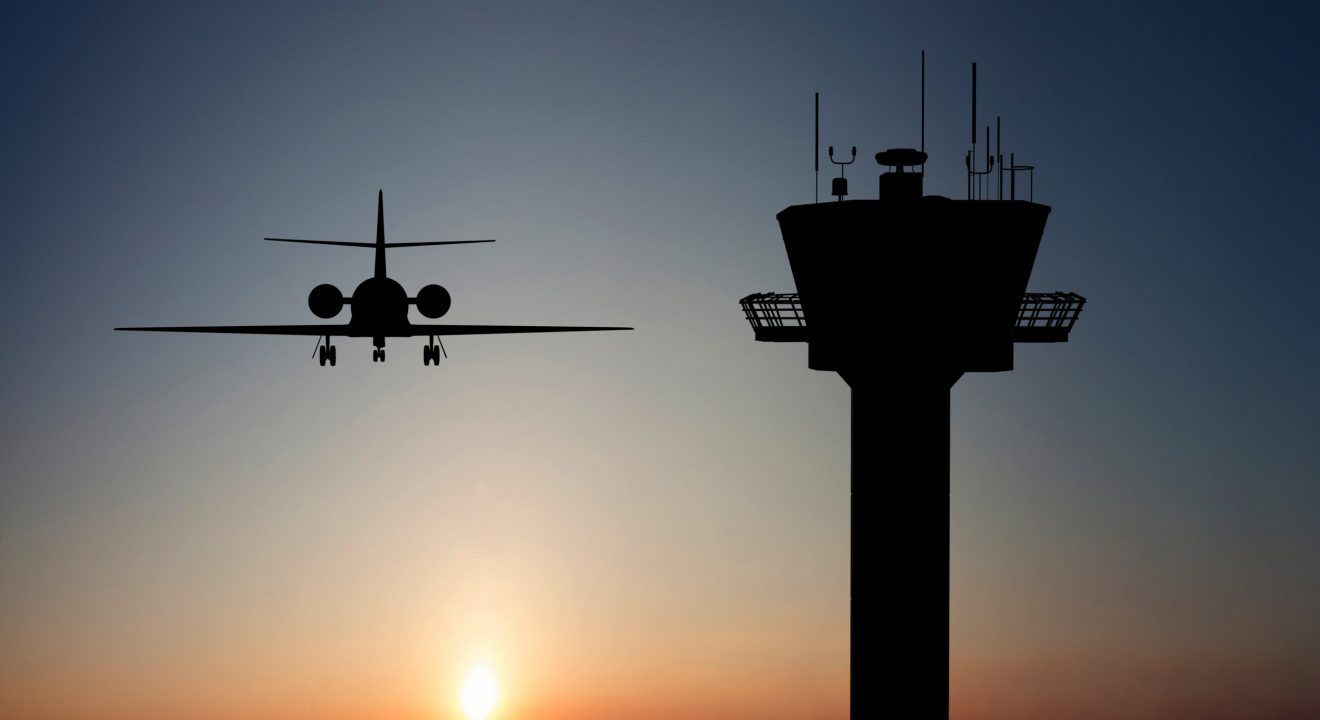The skies are getting more crowded and more complex. As Advanced Air Mobility (AAM) takes flight, we’re entering an era of integrated airspace, where traditional aircraft and autonomous eVTOLs will operate side by side. This shift demands more than an upgrade to legacy Air Traffic Control (ATC) systems; it calls for digital, data-driven infrastructure built for real-time coordination and dynamic traffic flow. For Air Navigation Service Providers (ANSPs), the challenge isn’t just managing more flights—it’s managing a more diverse sky with fundamentally different aircraft behaviors, constraints, and operational needs.
ANSPs manage the safe and efficient flow of aircraft in the airspace while ensuring proper separation. They provide services like Air Traffic Management (ATM), Aeronautical Information Services (AIS), meteorological services, Notices to Air Missions (NOTAMs), and communication, navigation, and surveillance (CNS) infrastructure.
In most countries outside the U.S., multiple localized ANSPs operate and manage different parts of the airspace, providing communication and data services. This includes Airservices in Australia, Global Air Navigation Services (GANS) in parts of the United Arab Emirates, Eurocontrol in the European Union, National Air Traffic Services (NATS) in parts of the United Kingdom, and the Department of Airspace Control (DECEA) in Brazil. These entities are usually either private or public-private, not regulators, so they do not set rules. However, in the U.S., the Federal Aviation Administration (FAA) is the sole ANSP, controlling all U.S. air traffic and establishing regulations.
New AAM aircraft introduce two major changes to the airspace: the integration of uncrewed aircraft into spaces currently used by piloted aircraft, and an increase in both the number and diversity of aircraft operating in already congested airspace, including high-volume traffic at lower altitudes. Various ANSPs have already recognized the need to modernize their systems and services and are taking initial steps to safely and effectively manage the need for an increasingly integrated airspace, but efforts remain fragmented, and most current systems are not yet equipped to support the scale, automation, and complexity that AAM will demand.
New Aircraft Create a New Airspace Challenge
Traditional vertical take-off and landing (VTOL) aircraft, like helicopters, don’t fly in high volumes over urban areas such as downtown. Electric VTOLs (eVTOLs) will operate at a faster pace at this same altitude in urban environments, resulting in a higher concentration of air traffic than current tools can manage.
Commercial aircraft depend on gas fuel, and jet turbines are difficult to scale down to lower altitudes without losing efficiency. Electric propulsion units and motors must be scaled up to handle the increased flight frequency. New aircraft like eVTOLs have different architecture, which means they need different airspace management. Because of weight restrictions, battery fuel, and battery energy density, these aircraft face operational constraints; they cannot hold or divert easily. Therefore, new aircraft must operate predictably within their energy limits.
AAM infrastructure, such as vertiports, must have a high certainty of availability before takeoff, given the limited energy from batteries. Dependence on autonomous technology also enhances safety, predictability, and operational accuracy. While these new operations may be less flexible, verifying resource availability beforehand ensures more predictability and better management by ANSPs.
Evolving Role of ANSPs
The airspace consists of complex, interconnected systems, so modernizing components takes time—which is why ANSPs need to start modernizing their systems and tools now, ahead of AAM aircraft taking off. Recent issues at Newark Liberty International Airport highlight the overload controllers currently face and the need for new technology. EVTOLs have new limitations and capabilities, and ANSPs must implement new solutions on both software and hardware to improve surveillance, weather monitoring, and expand operations.
When autopilot was first introduced into commercial airplanes, this technology never made its way into ATC towers. ATC technology is outdated and not designed to handle an integrated airspace. With 90% of U.S. control towers understaffed as of the start of this year, AAM acts as a catalyst to implement new ATC technology to help reduce controller workload and increase safety.
Autopilot did not replace pilots; it automated routine tasks so pilots could focus on timely and critical decisions. Automating aspects of ATM will do the same, enabling controllers to concentrate on real-time decision making without being distracted by repetitive and mundane tasks.
Enabling ANSPs Through SkyGrid’s Services
SkyGrid is paving the way for an integrated and accessible airspace through high-assurance data services and ATM automation, equipping ANSPs with the necessary tools and enabling them to ensure that emerging AAM operations can scale alongside existing operations. Download our ANSP one-pager to learn more.
As a common point for OEMs and ANSPs, our system is the only one being developed from a highly assured lens, with both aircraft requirements and AAM operational and airspace constraints in mind, and a goal of supporting flights carrying passengers. Our system is built with the redundancy of an in-cockpit solution, even though we are a ground-based system, with the ability to tailor services to the specific needs of different ANSPs.
By collaborating with ANSP regulators like the FAA, we can help shape the regulatory frameworks, define roles for third-party services, and ensure that airspace modernization efforts align with the operational needs of AAM. New flight rules should determine which platforms and entities are responsible for different ATC functions when the airspace begins to integrate. Services delegated to Third-Party Service Providers (TSPs), such as SkyGrid, will augment the airspace, enabling automated deconfliction of aircraft, resource allocation, and reduced separation minimums.
